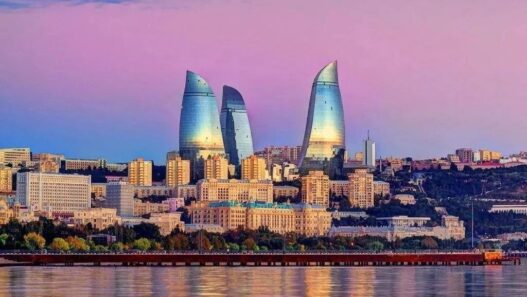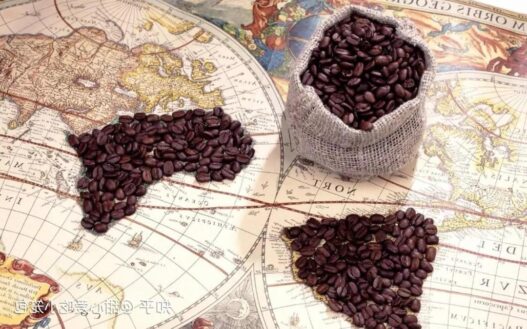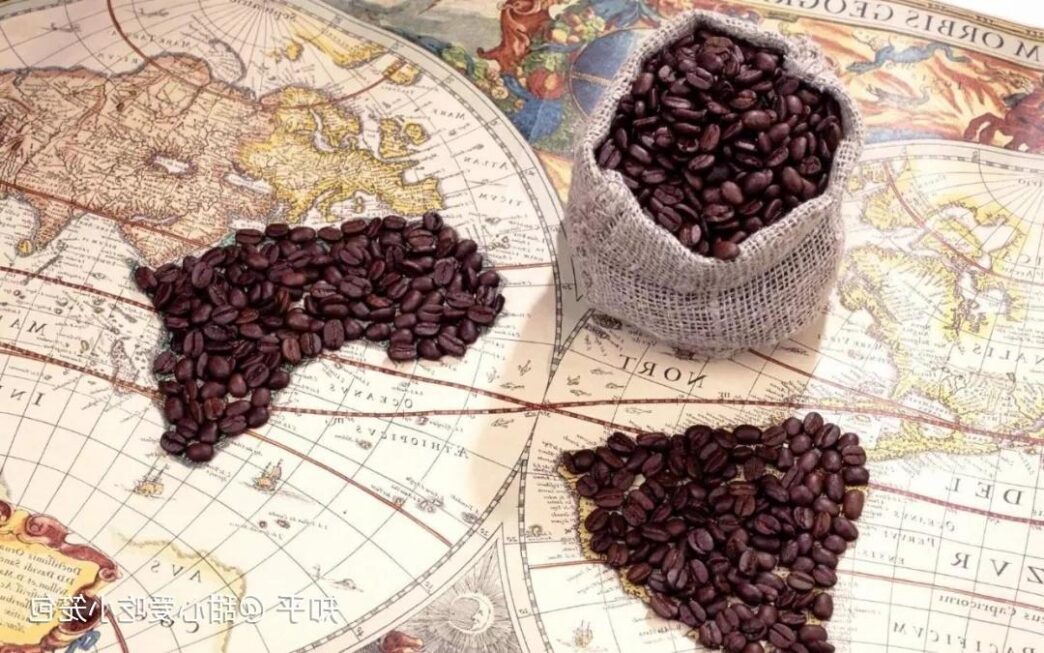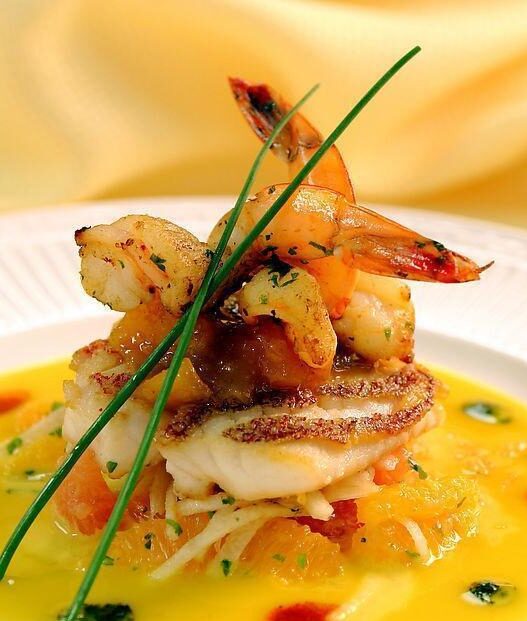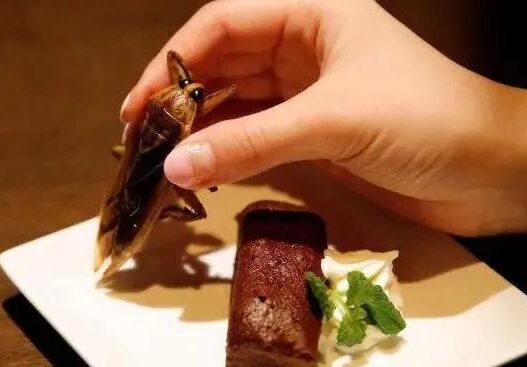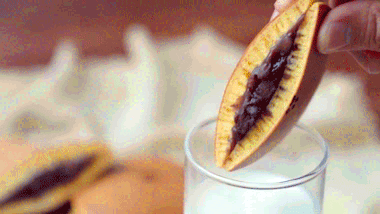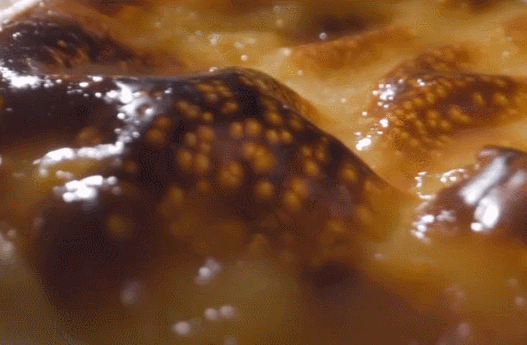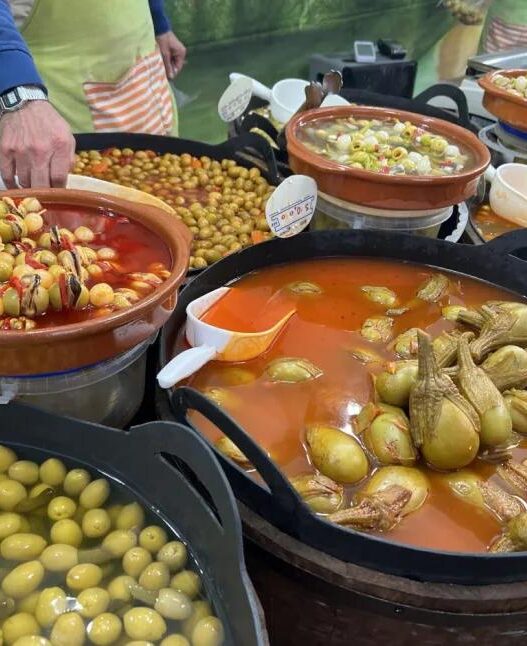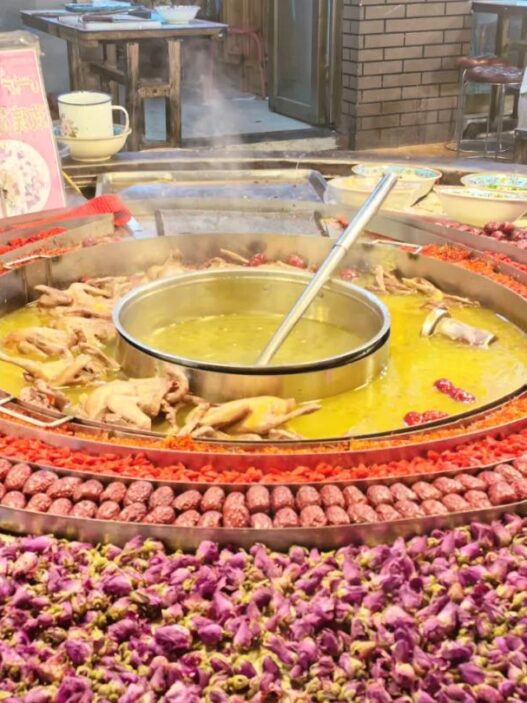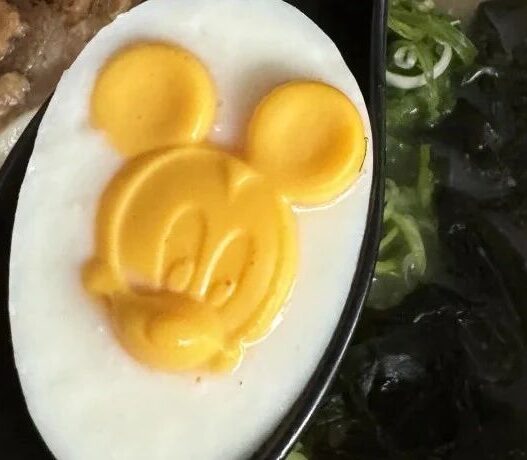When it comes to cuisine, people might first think of France and Italy, but in the Netherlands, not far from France, there are many fine Michelin-starred restaurants, and the Dutch daily diet is quite healthy. However, today we’re not discussing Dutch food, but rather how, several centuries ago, the Dutch, as the “Sea Carriers,” had a profound influence on global cuisine.
The Dutch have a strong sense of contract and are not afraid of adventure. They are adept at seizing every potential trade opportunity and possess excellent shipbuilding technology.
In the 17th century, the Dutch replaced Spain and Portugal as the dominant sea power, establishing the Dutch East India Company, which opened up global trade routes and facilitated an unprecedented exchange of goods worldwide.
Coffee
Coffee originates from the subtropical regions of Africa, with many legends about its discovery, but none with solid evidence. Before the 15th century, coffee was mainly circulated in Arab and African countries, primarily used in religious ceremonies and for treating illnesses. Arab countries began to encounter coffee in the 13th century due to wars between Yemen and Ethiopia.
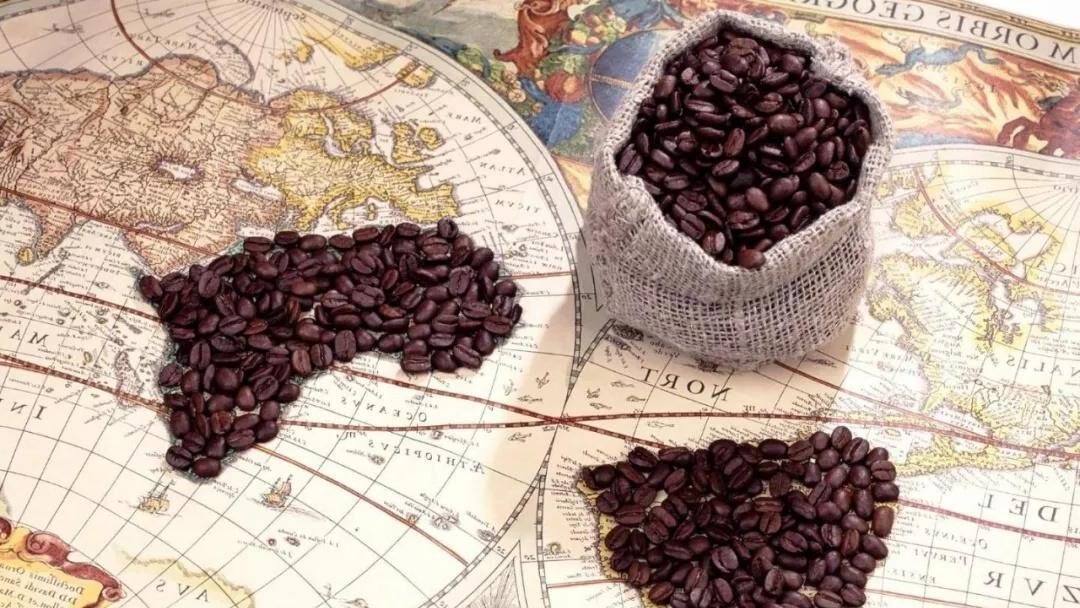
In the 16th and 17th centuries, Venetian and Dutch merchants brought coffee from the Arab world to Europe, but in very limited quantities. This drink, which could stimulate the mind, was only enjoyed by the upper nobility, and was exorbitantly priced, thus earning the nickname “black gold.”
However, the Dutch contributions didn’t stop there. The widespread cultivation of coffee and the subsequent price drop were largely thanks to them.
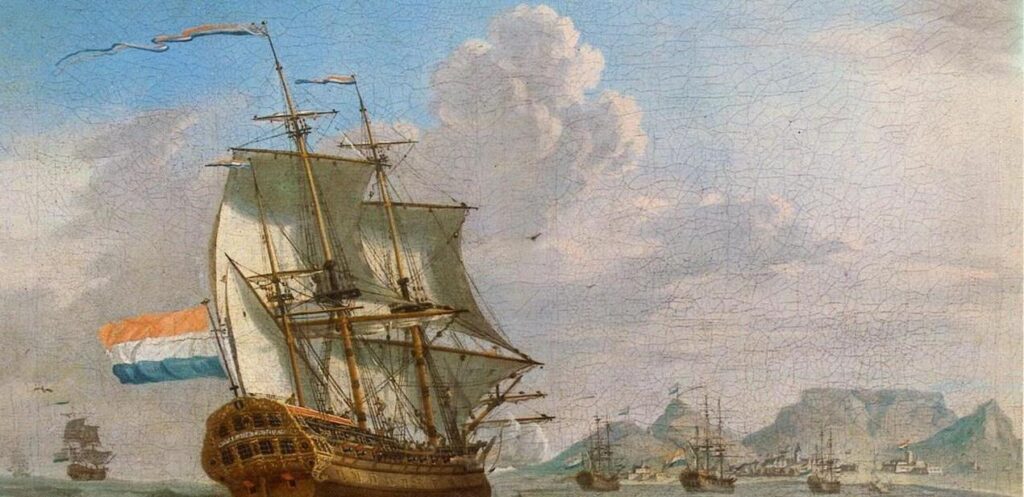
In 1690, the Dutch obtained several coffee plants from Yemen, which they then took to Indonesia (then a Dutch colony) for cultivation. Later, the wife of a Dutch diplomat in Dutch Guiana gifted coffee seeds to a Spaniard in Brazil, who successfully cultivated coffee there, leading to its spread across Asia and South America.
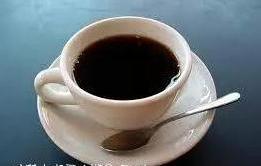
Today, over 70 countries grow coffee, making it one of the world’s most popular beverages.
Wine
Wine connoisseurs are surely familiar with Bordeaux, where the Médoc region boasts some of the world’s top wineries. Initially, Médoc was actually a swamp.
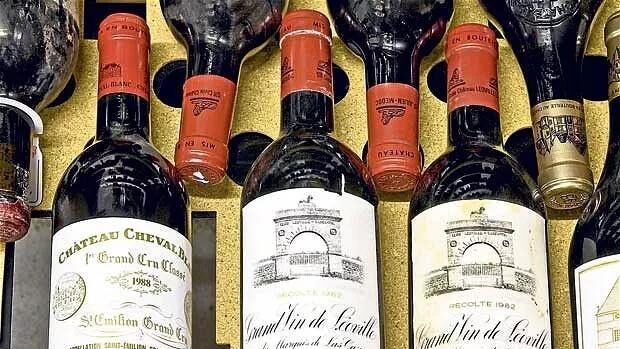
The Dutch were skilled in land reclamation and had world-renowned drainage engineering techniques. Given the lucrative wine business at the time, they immediately applied their expertise when they arrived in Médoc, transforming the swamp into vineyards and developing several world-class wineries.
Naturally, the Dutch wine trade began to flourish. Being clever, they learned the art of distillation from the Charentais to increase profits by adding water to their wine at the point of sale, thus giving birth to brandy.
Of course, the Dutch wine industry wasn’t limited to France; they were also the pioneers of South African wine.
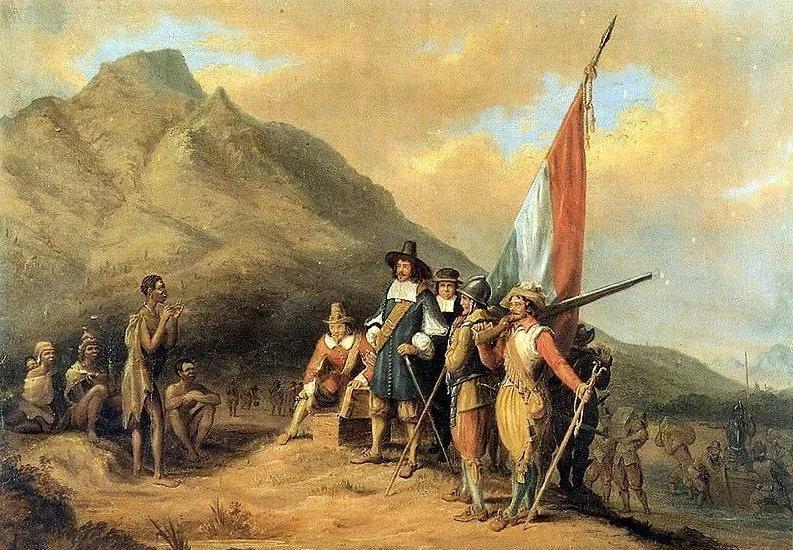
To provide supplies for Dutch ships, they occupied Cape Town as a supply station, where wine was an important provision (to treat scurvy).
The then Governor of the Dutch East India Company, Jan van Riebeeck, planted the first vines in South Africa and produced the first bottle of wine. Under his successor, Simon van der Stel, the quality of South African wine improved significantly, and under German Hendrik Cloete’s management, South African wine began to gain popularity in Britain.
Tea
A couple of weeks ago, we mentioned that the Dutch were the ones who introduced tea to Europe, not the British, who are now famous for drinking it.
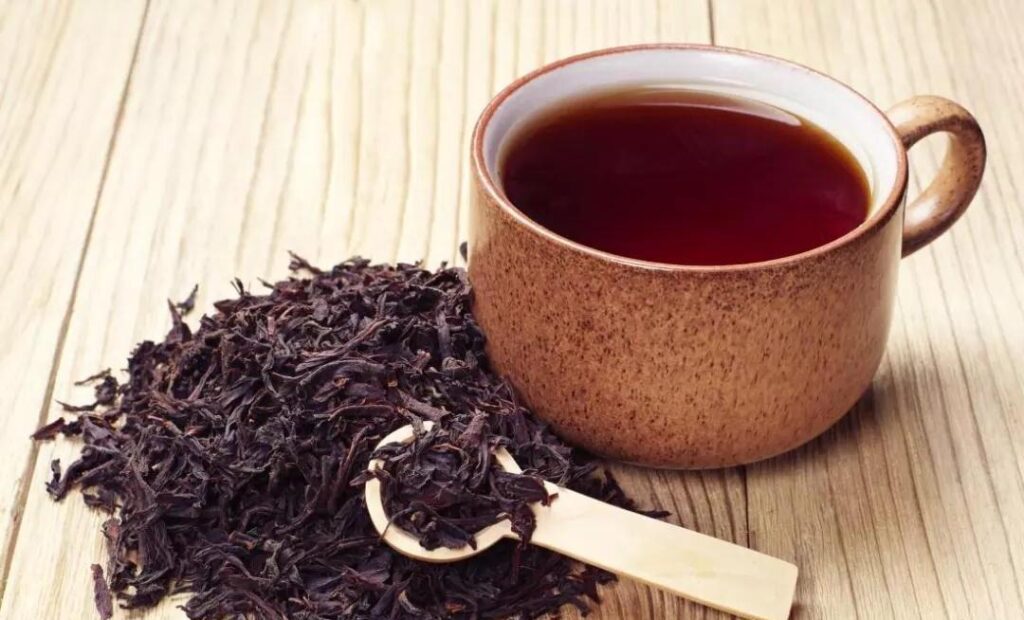
The first tea to reach Europe was actually green tea, but it wasn’t as suitable for long-distance transport as black tea. The Dutch brought black tea from Wuyi Mountain in Fujian through Indonesia to Europe, and their business grew larger and larger.
The British also loved tea, but at that time, the Dutch had a monopoly on the tea trade, leading to the Fourth Anglo-Dutch War over tea.
Besides tea, the Dutch also brought tea-drinking porcelain to Europe, even establishing factories there to imitate Chinese blue-and-white porcelain. Now, Dutch porcelain has become a local specialty, with patterns that differ but still reflect the influence of blue-and-white porcelain.
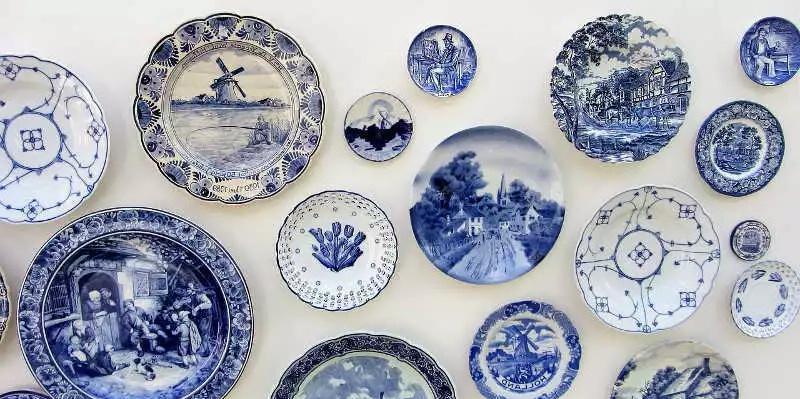
Coffee, tea, and wine, all integral parts of human life, owe much to the long journeys, brave adventures, and the wealth amassed by the Dutch, who have indeed brought many blessings to food enthusiasts like us.






